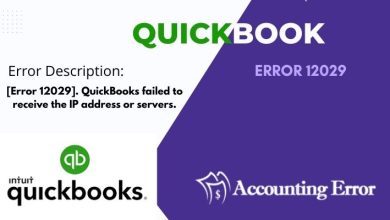5 ways to manage your cash flow in the gig economy

The gig economy is booming and it’s time for freelancers – including freelance photographers like you, to take advantage of this period. But one of the problems of working for yourself is cash flow management. Not only is cash flow management a problem because you don’t know when you are going to get paid, but it gets more complicated because you have some months that are busy and others that are slow. Here’s a look at what a gig economy is and how you can manage your cash flow in this type of economy.
What is the gig economy?
In the gig economy, freelance jobs and temporary jobs are commonplace. Companies rely on freelance workers or temporary workers to get jobs done, rather than hiring full-time workers. The gig economy is based on flexibility and consists of temporary or freelance jobs.
How can gig economy workers match their fixed and variable expenses with their unpredictable incomes? Here are some tips for gig-economy freelance photographers to manage cash flow in the gig economy.
-
Ensure that you always have a month’s worth of living expenses in cash
Having enough money in advance to get you through a month is one of the most powerful cash flow management strategies. This strategy allows you to set aside enough money and tide you over those months when you don’t make any money. But where do you get enough money to put aside? Put aside “extra” money as and when you come by some during your busy months. Put it all away into a dedicated savings account.
-
Create a healthier emergency fund
Income is not always steady in a gig economy. There will be months when you make more money than others and some months when you might not make anything at all. An emergency fund can help you tide over months you don’t make any money. A decent emergency fund is one that has enough money to get you through sudden illnesses, personal injury, or other unexpected expenses. However, a healthier emergency fund is one that is worth a minimum of three months of your living expenses. There is no limit to the amount you can save in it.
Put away any extra money into your emergency fund instead of spending it away. Most importantly, make sure you dip into your emergency fund only for emergencies – like repairs, illnesses, or sudden expenses that you hadn’t planned. Do not use any money from this fund for whimsical splurges.
-
Invest in insurance for photographers
As a photographer in the gig economy, you must safeguard yourself, your business, and your expensive photographic equipment with appropriate business insurance for photographers. This insurance will cover all the costs associated with a suit filed against your business. That means you can protect your own money and assets. The added coverage covers the cost of all your portable equipment for damage or loss. Click here for more information on insurance for photographers.
-
Build a fund for your future
Freelancers and those who work in the gig economy do not have the luxury of benefits like health insurance, paid vacation, bonuses, and retirement perks. It’s up to you to save and put away money for retirement, building a home, or going on a luxury cruise.
You can start putting away money into an account that holds only your retirement fund. Alternatively, you can transfer extra money from your emergency fund into your retirement fund. Build on your emergency fund until you have enough money put away that you can safely move into your retirement fund. However, don’t empty out your entire emergency savings into your retirement fund – Leave a minimum of three months of living expenses in your emergency fund.
-
Request shorter billing cycles or upfront payment
As a freelance photographer, you can ask your clients to pay you every two weeks instead of every month. New clients might be hesitant to agree to this request, but your older clients. The ones who trust you and your work will willingly oblige. But why shorter billing cycles, you ask? With shorter billing cycles, you are less likely to worry about money and instead spend your time focussing on your work projects.
You can also request new clients for money upfront. A pre-work deposit ensures you get paid by new clients whom you are not sure will pay you at the end of a project. Look at it as a new client litmus test. This also ensures that you have money to help with your business and personal expenses.
Conclusion
Cash flow is a major problem for all those who work for the gig economy. But that does not mean that you can’t get by from one month to the next comfortably. All it takes is some planning and good investments – like the right insurance. You can also read more interesting news and stories from the right news network.




